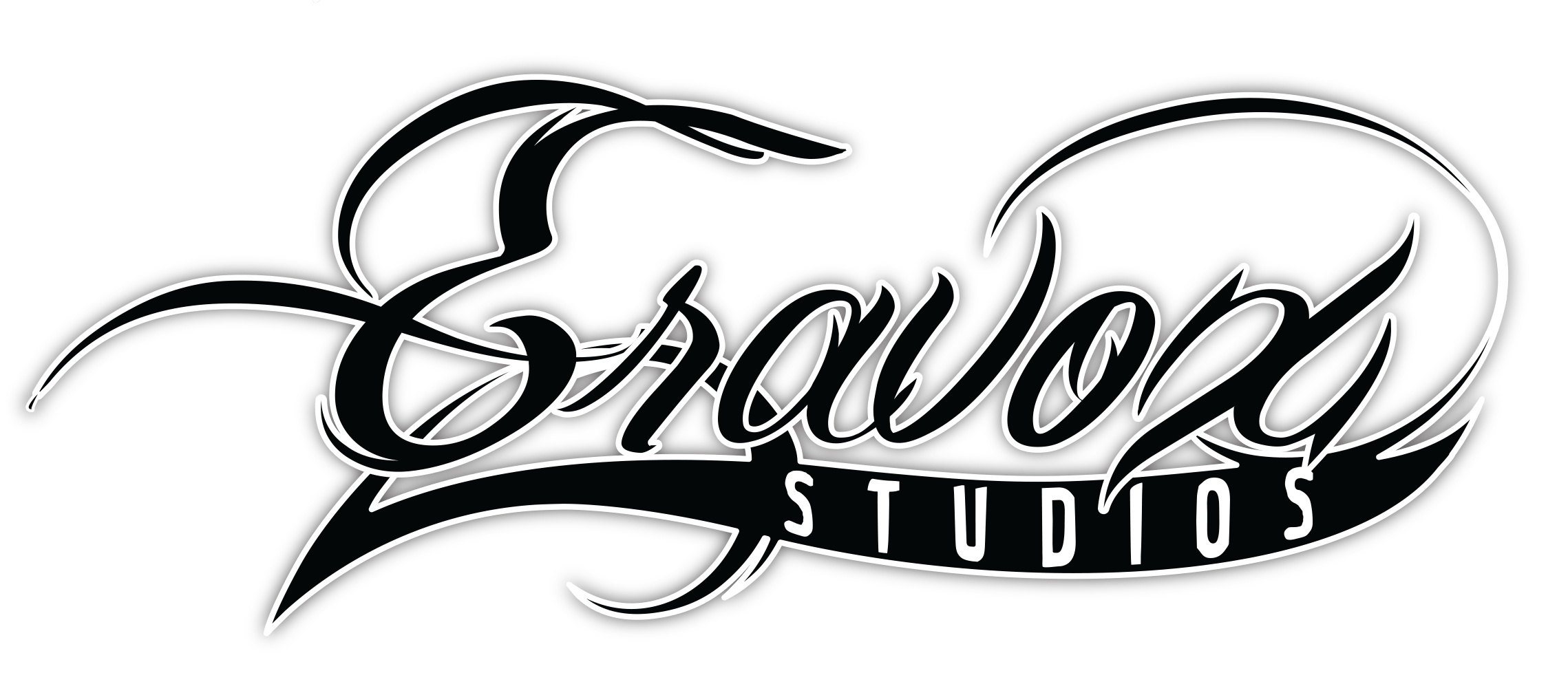The journey of music production is a captivating narrative that reflects advancements in technology, shifts in cultural practices, and the ever-evolving landscape of creativity. From the warm crackle of vinyl records to the precise manipulation of virtual audio in modern studios, the transformation of music production over the decades has redefined how artists create and share their work. At Eravox Studios, we explore this evolution and its implications for musicians and listeners alike.
1. The Analog Era: Vinyl and Tape
In the early 20th century, music production was largely analog, with vinyl records dominating the scene. The recording process involved capturing sound waves through mechanical means, with grooves etched into a vinyl disc. This format provided a rich, warm sound that many still cherish, evoking a sense of nostalgia.
Recording studios of this era were filled with large, cumbersome equipment. Musicians often performed live, with entire bands recording together in one take. The process required high levels of musicianship and collaboration, as artists had limited options for editing and manipulation. Notable albums from this time highlight the authenticity and raw energy of live performances.
2. The Birth of Multitrack Recording
The 1960s marked a significant leap forward with the introduction of multitrack recording. This groundbreaking technology allowed producers to record individual instruments and vocals separately, which provided unprecedented control during the mixing process. Albums like The Beatles’ “Sgt. Pepper’s Lonely Hearts Club Band” exemplified the creative potential of this technology, showcasing complex arrangements and innovative production techniques.
Multitrack recording transformed the role of producers and sound engineers, who became vital collaborators in the artistic process. Magnetic tape further enhanced editing capabilities, enabling engineers to splice together different takes and create polished final products.
3. Digital Revolution: The Rise of DAWs
The late 20th century heralded the digital revolution, fundamentally changing the landscape of music production. With the introduction of Digital Audio Workstations (DAWs) in the 1980s, music production became more accessible than ever. Programs like Pro Tools and Logic Pro allowed artists to record, edit, and mix music on personal computers, democratizing the creative process.
This shift enabled aspiring musicians to produce high-quality recordings from their home studios, eliminating the need for expensive studio time. The rise of the home studio led to an explosion of independent artists, allowing genres like indie rock and electronic music to flourish. Notable artists such as Beck and Radiohead utilized these new technologies to create innovative sounds that redefined musical boundaries.
4. Software Instruments and Sampling
As technology advanced, so did the tools available for music production. The emergence of software instruments and plugins revolutionized sound design, offering virtual synthesizers, drum machines, and effects processors that expanded creative possibilities. Producers could experiment with a wide array of sounds without the limitations of physical hardware.
Sampling emerged as a popular technique, allowing artists to incorporate snippets of existing recordings into new compositions. This practice became foundational in hip-hop and electronic music, leading to the creation of iconic tracks that blurred the lines between genres. Sampling not only influenced music production but also sparked conversations about copyright and originality in art.
5. Streaming and the New Music Economy
The 2010s brought about another seismic shift in the music industry with the rise of streaming platforms like Spotify and Apple Music. This change transformed how music is consumed, impacting production techniques and marketing strategies. Artists now had access to real-time data analytics, allowing them to understand listener preferences and tailor their music accordingly.
In this environment, producers began focusing on creating catchy hooks and engaging production that would stand out in digital playlists. Social media also became an essential tool for promotion, enabling artists to connect directly with their fans and share their music in innovative ways.
6. The Future of Music Production
Looking ahead, the future of music production is poised for even more exciting developments. Emerging technologies such as artificial intelligence and machine learning are starting to play a role in the creative process, offering tools that assist with composition, mixing, and mastering. AI-driven software can analyze vast amounts of data to help musicians identify trends and make informed creative choices.
Additionally, the integration of virtual reality (VR) and augmented reality (AR) into music experiences is beginning to reshape how audiences engage with music. Imagine attending a concert where you can interact with digital representations of your favorite artists in immersive environments—this is the future of live music.
Conclusion
The evolution of music production from vinyl to virtual is a testament to human ingenuity and the relentless pursuit of artistic expression. Each era has brought new tools, techniques, and opportunities for artists to connect with audiences and explore their creativity. At Eravox Studios, we celebrate this ongoing journey and are excited to contribute to a future where music production continues to push boundaries and redefine the art form.
As technology evolves, the essence of music—the ability to inspire, heal, and unite—remains constant. Whether you’re an established producer or an aspiring musician, understanding the evolution of music production can enhance your creative process and inspire you to innovate. The next chapter in this fascinating story is yours to write.
